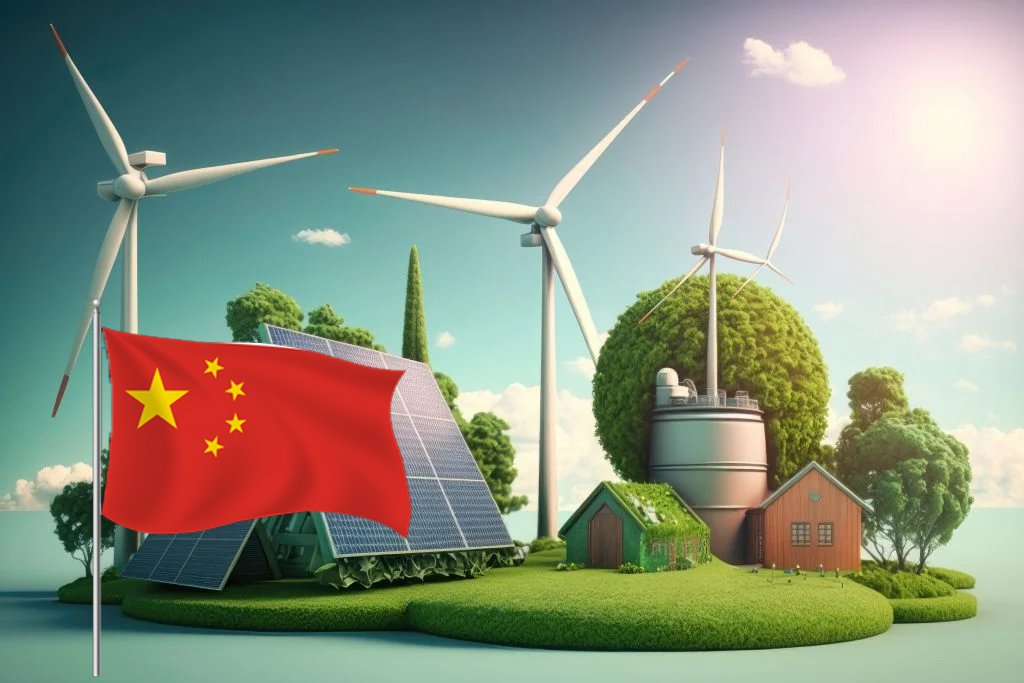By Mr. Khalid Taimur Akram, Executive Director, Pakistan Research Center for a Community with Shared Future (PRCCSF), Islamabad
Introduction: China’s Holistic Energy Vision
China’s Energy Security Initiative is a comprehensive strategy designed to diversify energy sources and develop clean infrastructure. As the world’s largest energy consumer, China’s growing industrial base and population demand a reliable, sustainable energy framework. This initiative supports the country’s goal to reduce dependency on traditional energy sources while embracing renewable and innovative alternatives.
Diversification and Strategic Partnerships
China’s energy strategy emphasizes diversification. Investments in solar, wind, and hydropower reflect a shift from fossil fuels to renewables. Long-term contracts with oil-producing countries and the establishment of strategic petroleum reserves ensure supply stability.
Moreover, the Belt and Road Initiative (BRI) promotes regional connectivity and supports global energy collaboration. Through these projects, China has secured investments in power infrastructure across multiple continents.
Strengthening Global Energy Governance
China is navigating the complex global energy landscape by aligning domestic reforms with international cooperation. The country collaborates with global organizations to promote energy security while also addressing climate change and environmental sustainability.
Transition Away from Coal
A central pillar of China’s energy transformation is the gradual replacement of coal with renewable sources. This transition aims to reduce air pollution, stabilize energy supply, and support global climate goals.
Nuclear Energy Expansion
China is rapidly expanding its nuclear energy capacity. This shift serves a dual purpose: reducing coal dependency and positioning the country as a global leader in nuclear technology. Exporting nuclear energy technology strengthens China’s role in the global clean energy market.
Enhancing Energy Efficiency
Energy efficiency is another cornerstone of China’s energy security. The government encourages the adoption of energy-efficient technologies and modern industrial processes. Public awareness campaigns aim to instill a culture of energy conservation among citizens.
Innovation and Research Development
China continues to invest heavily in research and development. The country is advancing technologies in clean coal, nuclear fission, and alternative energy. These innovations support both domestic energy resilience and international climate objectives.
International Cooperation
China prioritizes bilateral and multilateral cooperation. Partnerships with energy-rich countries and active participation in organizations like the International Energy Agency (IEA) foster knowledge sharing and collaborative solutions. Agreements focused on clean energy reflect China’s dedication to addressing global energy and environmental challenges.
Global Leadership in Energy
China’s energy security framework is built on long-term planning, innovation, and global responsibility. By diversifying energy sources, advancing nuclear and renewable energy, and promoting efficiency, China is shaping itself into a key player in the global energy transition.
Conclusion: Toward a Greener Future
China’s energy strategy reflects a commitment to a reliable, clean, and secure energy future. The policies not only serve the country’s domestic interests but also have far-reaching impacts on global energy markets. As countries like Japan also transition toward renewable energy, China stands out as a leader driving global energy transformation.





